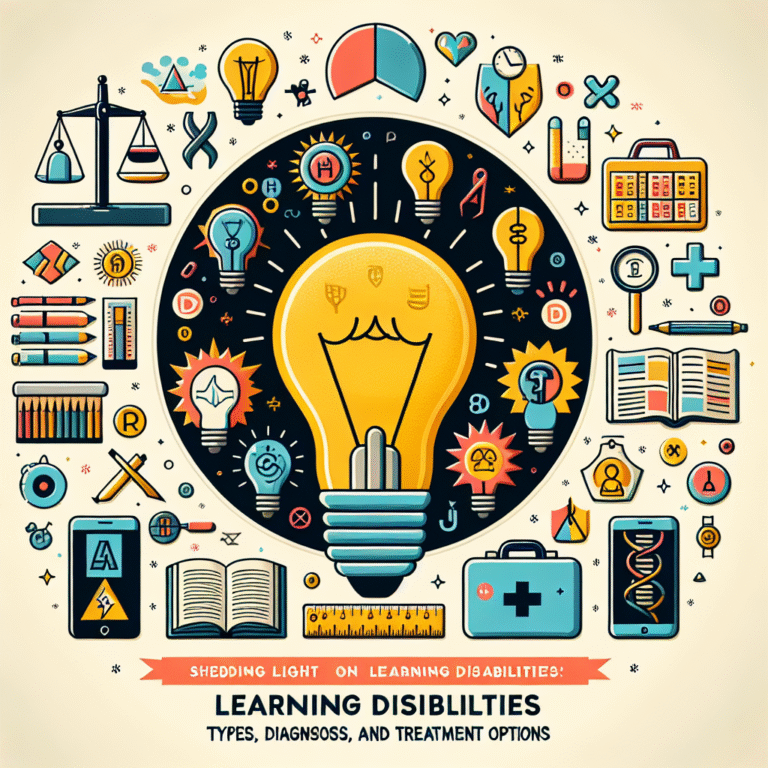Unveiling Identity: The Essential Psychological Complexities of Cross-Dressing
Introduction
In a world increasingly characterized by fluidity in gender identities and expressions, the act of cross-dressing—a practice that involves wearing clothes typically associated with another gender—has emerged not just as a choice of attire but as a multifaceted expression of identity. Unveiling Identity: The Psychological Complexities of Cross-Dressing is a topic that begs deeper exploration. What motivates individuals to cross-dress? How does it relate to their sense of self? These questions are as varied as the individuals who partake in the practice, and they hint at a rich tapestry of psychological intricacies behind these decisions.
As cultural narratives evolve and discard rigid definitions of masculinity and femininity, understanding the motivations, implications, and emotional landscapes surrounding cross-dressing can provide invaluable insights into the realms of identity and expression. Whether as a vehicle for self-discovery, a means of escapism, or a profound statement about societal norms, cross-dressing offers a unique lens through which we can view the psychological complexities of identity formation.
Understanding Cross-Dressing
What is Cross-Dressing?
Cross-dressing, simply put, is the act of wearing clothes typically associated with a different gender. However, it is essential to note that cross-dressing does not inherently imply a desire to transition or identify as another gender. For many, it is an exploration of identity and self-expression.
- Cultural Context: Different cultures interpret cross-dressing through a unique lens. In some societies, it is celebrated in artistic forms such as theater and dance, while in others, it may be stigmatized.
The Psychological Landscape of Cross-Dressing
The Spectrum of Motivations
Unveiling Identity: The Psychological Complexities of Cross-Dressing begins with acknowledging the spectrum of motivations behind this behavior:
- Self-Expression: For many, cross-dressing is a form of self-expression that allows individuals to explore different facets of their personality.
- Escapism: Some participants use cross-dressing as a way to escape societal norms and constraints, providing a sense of freedom and relief from everyday pressures.
- Gender Dysphoria: For individuals experiencing discomfort in their assigned gender roles, cross-dressing may be a pathway to addressing and understanding their feelings of incongruence.
- Social Experimentation: Many individuals may experiment with cross-dressing to challenge social norms and expectations regarding gender.
Psychological Theories and Frameworks
To deepen our understanding of cross-dressing, we can rely on several psychological theories:
Psychodynamic Theory: This framework suggests that cross-dressing may stem from unconscious desires or conflicts related to gender identity and sexuality.
Social Learning Theory: Here, the idea is that individuals adopt behaviors by observing and mimicking those around them. This could suggest that social and familial environments play a crucial role in shaping the decision to cross-dress.
- Cognitive-Behavioral Theory: This approach focuses on how thoughts and beliefs drive behaviors. Individuals who cross-dress might have learned to associate wearing clothing of the opposite gender with positive feelings or self-acceptance.
Case Studies: Cross-Dressing in Modern Context
Case Study 1: Theater and Performance
Example: The popularity of drag culture, particularly in shows like "RuPaul’s Drag Race," showcases a blend of humor, empowerment, and artistry. Many participants and fans in this space find liberation in cross-dressing as a form of self-expression while also honing their creative skills.
Analysis: This case study illustrates how performance art can serve as a societal acceptance platform for cross-dressing. It can validate identity exploration and foster community.
Case Study 2: Personal Narratives
Example: Many autobiographical accounts from cross-dressers provide insights into their emotional journeys. For instance, a man discussing his childhood experiences of wearing his mother’s clothing reveals feelings of both shame and empowerment.
Analysis: Such narratives highlight the duality of emotion that accompanies cross-dressing, which may oscillate between societal acceptance and self-acceptance.
Case Study 3: Online Communities
Example: The rise of online forums and social media groups dedicated to cross-dressing has fostered supportive spaces. Individuals share their experiences, offering advice and community.
Analysis: Online platforms serve as a significant resource for those undergoing identity exploration, providing a sense of belonging and shared experience.
Societal Perspectives on Cross-Dressing
Acceptance vs. Stigmatization
The landscape of social acceptance toward cross-dressing continues to evolve. In some areas, it is celebrated, while in others, it remains stigmatized. The dichotomy often leads to an internal conflict for many individuals.
- Cultural Sensitivity: Global perspectives on gender and cross-dressing can vary significantly. What is deemed acceptable in one culture may be frowned upon in another.
The Role of Media
The portrayal of cross-dressing in the media plays a critical role in shaping public perception. Positive representations can lead to broader acceptance, while negative portrayals can perpetuate stigma.
| Year | Media Representation | Public Perception |
|---|---|---|
| 2000 | Limited, often comedic | High skepticism |
| 2010 | More nuanced characters | Rising acceptance |
| 2020 | Celebratory and layered | Greater legitimacy |
(Image Description: Place an image here depicting diverse representations of gender in media. This visual can amplify the discussion about the role of media in shaping societal perceptions of cross-dressing.)
Psychological Implications of Cross-Dressing
Mental Health Considerations
Engaging in cross-dressing can impact mental health, both positively and negatively. While many report feelings of euphoria when expressing their true selves, others may struggle with anxiety and depression due to societal rejection.
Identity Affirmation
Cross-dressing can be a powerful tool for identity affirmation, allowing individuals to express their gender identity in ways that feel authentic to them.
- Support Systems: The importance of supportive networks cannot be overstated. Individuals often thrive when they have family or friends who accept their choices.
Conclusion
In exploring Unveiling Identity: The Psychological Complexities of Cross-Dressing, we embark on a comprehensive journey that spans the depths of human identity, societal norms, and psychological frameworks. Whether driven by a quest for self-expression or a need for emotional escape, cross-dressing acts as a vital medium for many individuals to articulate their identities.
As society becomes more open and accepting, the ongoing conversations about gender identity will continue to shed light on these complexities. For those navigating this path, remember that every journey is unique; embrace it with confidence, seek support, and contribute to the dialogue that champions diversity and self-acceptance.
FAQs
1. What are the common motivations behind cross-dressing?
Common motivations include self-expression, escapism, identity exploration, and challenging societal norms.
2. Is cross-dressing considered a mental illness?
No, cross-dressing itself is not classified as a mental illness. However, individuals may experience mental health challenges related to societal stigma or personal conflicts.
3. Can cross-dressing be a form of therapy?
For many, cross-dressing can provide therapeutic benefits by allowing them to express feelings and explore their identities.
4. How can families support loved ones who cross-dress?
Families can offer support by maintaining open communication, educating themselves about gender identity, and showing unconditional love and acceptance.
5. Where can individuals find communities that support cross-dressing?
Online forums, local LGBTQ+ centers, and social media groups often serve as welcoming communities for individuals exploring cross-dressing.
The exploration of Unveiling Identity: The Psychological Complexities of Cross-Dressing not only provides insight into individual experiences but also enriches broader conversations about identity, acceptance, and the human experience. As we continue to navigate the complexities of gender and expression, let us foster understanding, respect, and empathy for every individual’s journey.







